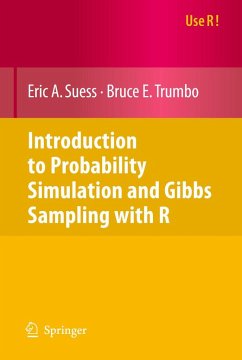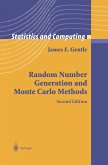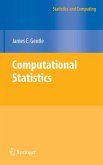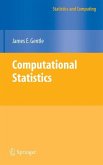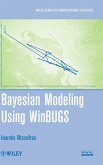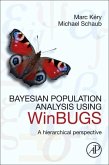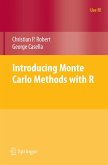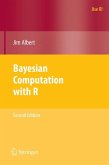The first seven chapters use R for probability simulation and computation, including random number generation, numerical and Monte Carlo integration, and finding limiting distributions of Markov Chains with both discrete and continuous states. Applications include coverage probabilities of binomial confidence intervals, estimation of disease prevalence from screening tests, parallel redundancy for improved reliability of systems, and various kinds of genetic modeling. These initial chapters can be used for a non-Bayesian course in the simulation of applied probability models and Markov Chains. Chapters 8 through 10 give a brief introduction to Bayesian estimation and illustrate the use of Gibbs samplers to find posterior distributions and interval estimates, including some examples in which traditional methods do not give satisfactory results. WinBUGS software is introduced with a detailed explanation of its interface and examples of its use for Gibbs sampling for Bayesian estimation.
No previous experience using R is required. An appendix introduces R, and complete R code is included for almost all computational examples and problems (along with comments and explanations). Noteworthy features of the book are its intuitive approach, presenting ideas with examples from biostatistics, reliability, and other fields; its large number of figures; and its extraordinarily large number of problems (about a third of the pages), ranging from simple drill to presentation of additional topics. Hints and answers are provided for many of the problems. These features make the book ideal for students of statistics at the senior undergraduate and at the beginning graduate levels.
No previous experience using R is required. An appendix introduces R, and complete R code is included for almost all computational examples and problems (along with comments and explanations). Noteworthy features of the book are its intuitive approach, presenting ideas with examples from biostatistics, reliability, and other fields; its large number of figures; and its extraordinarily large number of problems (about a third of the pages), ranging from simple drill to presentation of additional topics. Hints and answers are provided for many of the problems. These features make the book ideal for students of statistics at the senior undergraduate and at the beginning graduate levels.
From the reviews:
"Suess and Trumbo's book 'Introduction to Probability Simulation and Gibbs Sampling with R,' part of the 'Use R!' series, fits precisely into this framework of learning by doing-and doing again, with different distributions, or different parameters, or under different scenarios. ... The book also contains an Appendix with an introduction to R, which should make it particularly attractive to students, who won't have to go to another source to learn about the basics. ... an overall very useful book." (Nicole Lazar, Technometrics, Vol. 53 (3), August, 2011)
"Suess and Trumbo's book 'Introduction to Probability Simulation and Gibbs Sampling with R,' part of the 'Use R!' series, fits precisely into this framework of learning by doing-and doing again, with different distributions, or different parameters, or under different scenarios. ... The book also contains an Appendix with an introduction to R, which should make it particularly attractive to students, who won't have to go to another source to learn about the basics. ... an overall very useful book." (Nicole Lazar, Technometrics, Vol. 53 (3), August, 2011)

